Leica Fellowship - Members’ Experiences with the Leica M9
09th May 2025
In: News, Members' Articles
Leica Fellowship - Members’ Experiences with the Leica M9
This is part 2 of our article about members' experiences with the Leica M9 which was prompted by an article on the excellent MACFILOS website about the introduction of the Leica M9 in 2009. Our article gives a personal view of the importance of the camera to members of the Fellowship. But we'll start by giving you the link to the MACFILOS article.
The article:
https://www.macfilos.com/2024/05/24/leica-m9-looking-back-to-a-turning-point-in-camera-history/
describes very well the importance of what was a milestone in the history of the Leica Ms.
The M9's major change over the M8 was the inclusion of a ‘full frame’ sensor.
Many users of the M9 also found that the rendering from this sensor gave particularly pleasing results. David Askham outlines these below.
The most important thing about the M9 for many of us was it gave us the ability to continue to use an M series for what the cameras are so good at – documentary and ‘street’ photography. We include some examples of such pictures in this article.
The camera then suddenly became plagued by sensor protection-screen failures that could make files unusable. A number of well known Leica users, including our own Don Morley raised this as a catastrophic failure in Leica’s reputation so that the company introduced a sensor replacement programme. Again David talks about this in his section of the article. The webmaster had the sensor replaced in his M9 and still has the camera today so we include some photographs taken recently. These show that, despite the major improvements that we have seen in subsequent models up to the M11 with its high performing CMOS 60 megapixel sensor, the M9 is still capable of producing excellent pictures that can satisfy the demands of most of us with its 18.5 megapixel CCD sensor.
We have a lot of photographs we can show you so we will make this a 2 part article.
David Askham’s M9
My M9 was fine …
… Until users started to report problems with their sensors. It manifested itself with a kind of corrosion around the edges of the sensor. Not all sensors suffered. Mine didn't. But I was persuaded to trade it for the MP Type 240 before my sensor failed. I often regret that decision, especially when Leica eventually produced an improved replacement sensor.
My appreciation of my M9 files occurred long after our parting, while delving into my archives. It was my first experience of using my M-mount lenses on a Leica digital full-frame body, notwithstanding its relatively low-resolution CCD 18.5mp sensor. Made by Kodak, it yielded colours akin to those we grew accustomed to when using Kodak films in analogue times. That was uncanny, but it was a view shared by many users. It became my most-used camera at that time, and I missed it.
Here are the second set of photographs, all of which were captured on Leica M9s. We have more M9 photographs and we may return to this subject in future weeks.
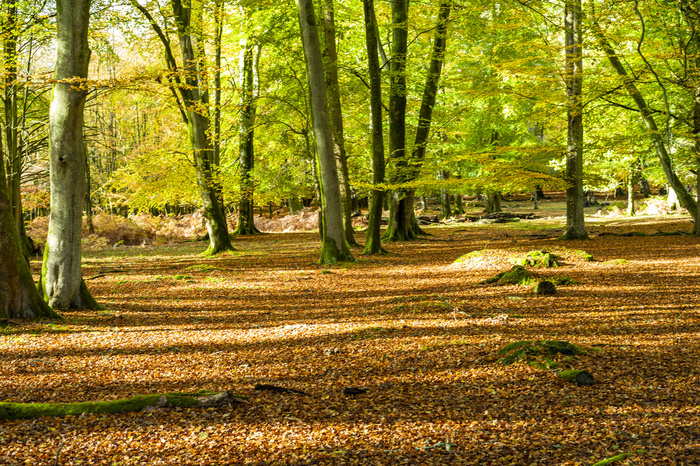
Keith Walker - New Forest

Keith Walker - Barrier

Keith Walker - Artist at Work
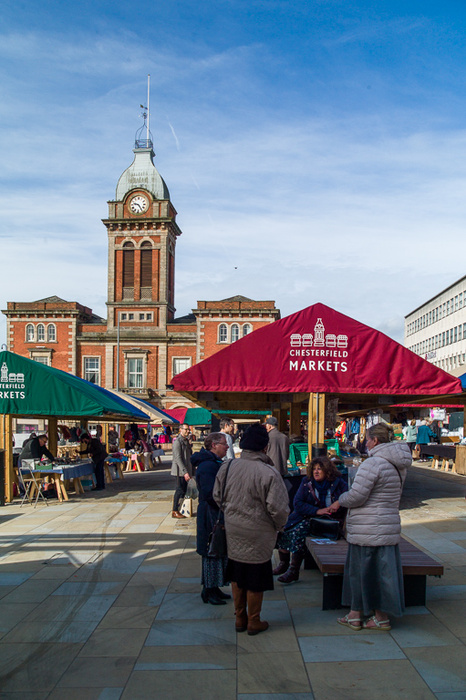
Ken Davis - Chesterfield Market 2025
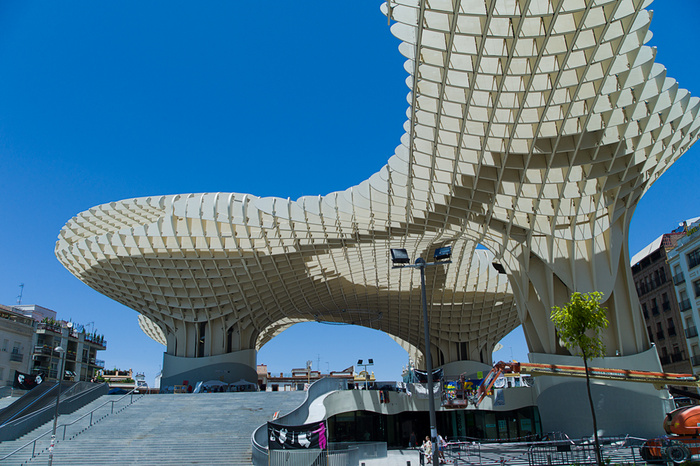
Ken Davis - The Seville Mushroom
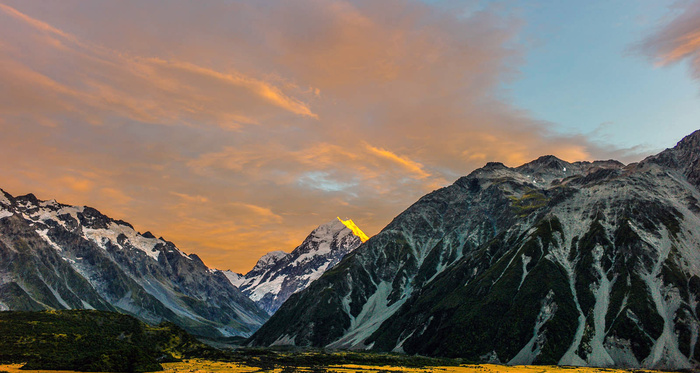
Dennis Steel - Mount Cook - New Zealand
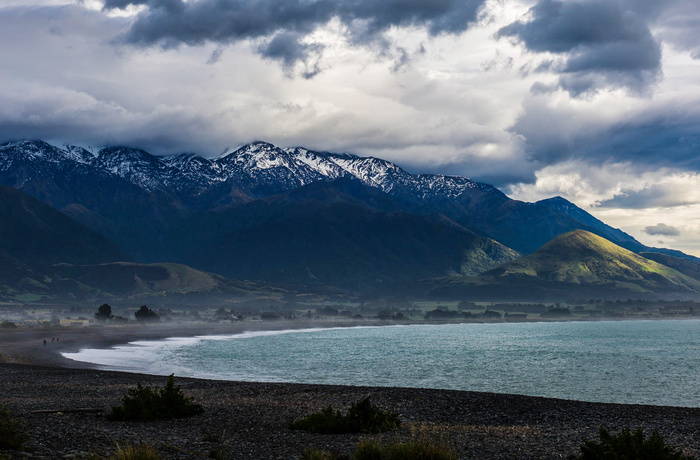
Dennis Steel - Kaikoura - New Zealand
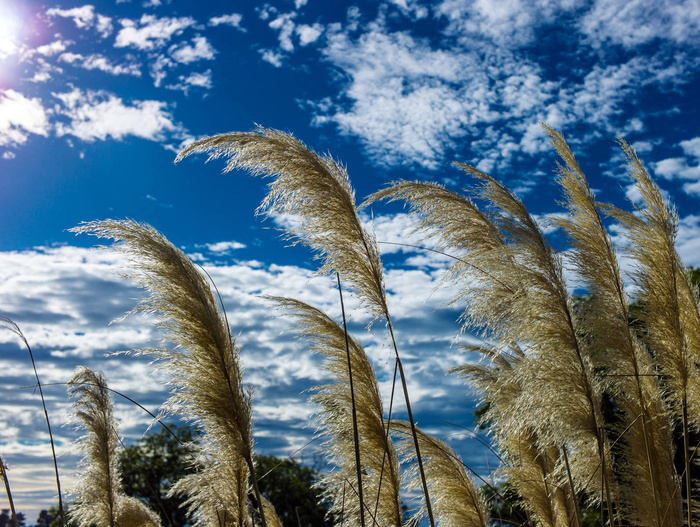
Dennis Steel - Grasses - New Zealand
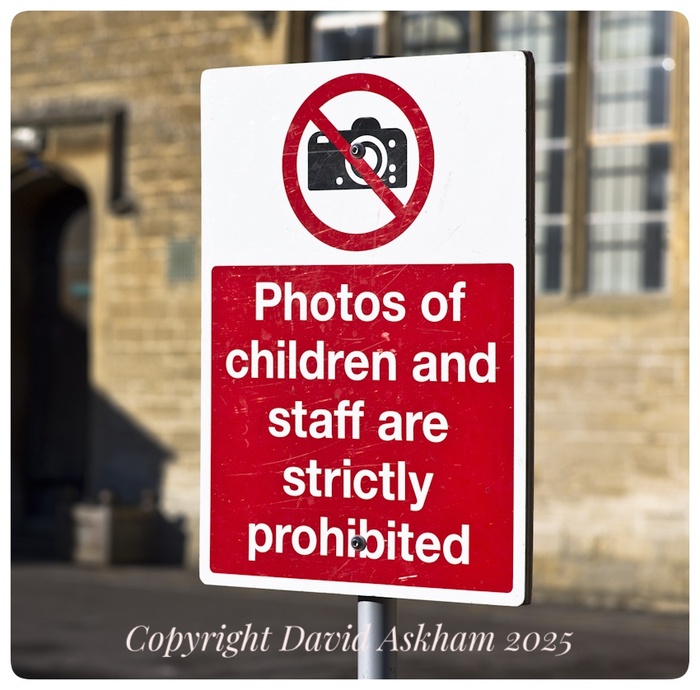
David Askham - You Have Been Warned!
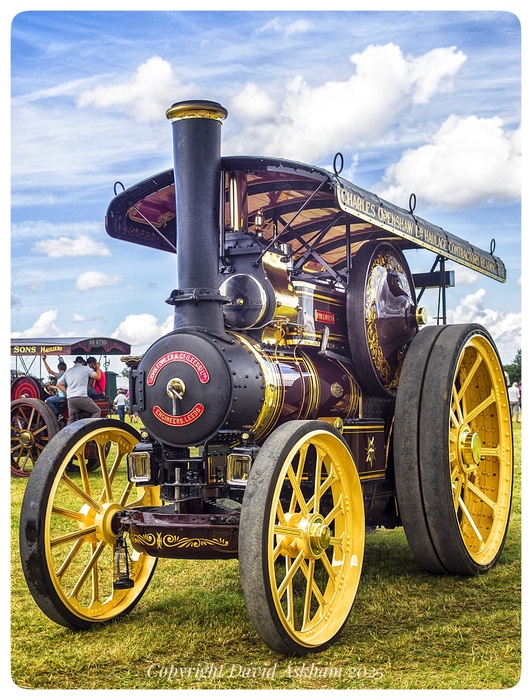
David Askham - Traction
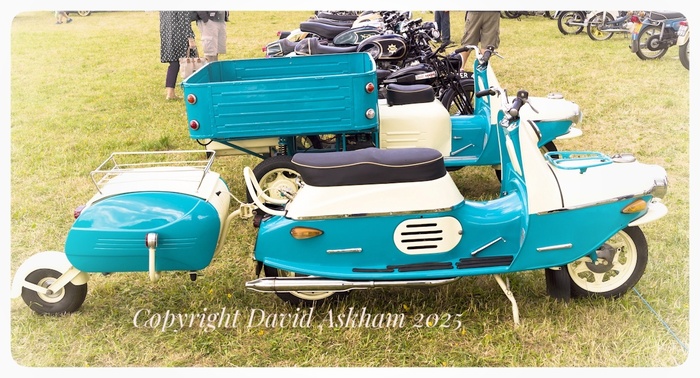
David Askham - Scooter

Cled Lewis - Market Baby
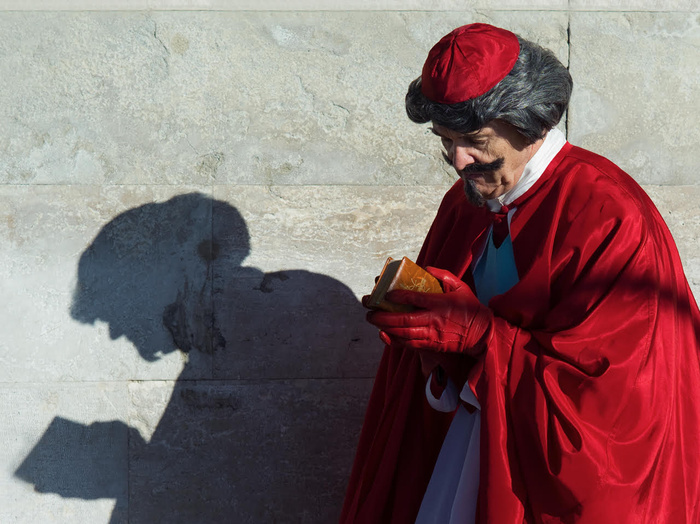
Cled Lewis - Clothed In Red
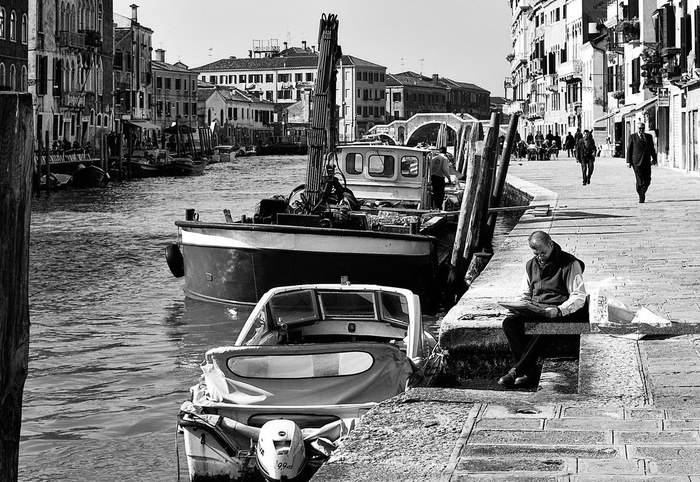
Cled Lewis - Taking A Break
This is part 2 of our article about members' experiences with the Leica M9 which was prompted by an article on the excellent MACFILOS website about the introduction of the Leica M9 in 2009. Our article gives a personal view of the importance of the camera to members of the Fellowship. But we'll start by giving you the link to the MACFILOS article.
The article:
https://www.macfilos.com/2024/05/24/leica-m9-looking-back-to-a-turning-point-in-camera-history/
describes very well the importance of what was a milestone in the history of the Leica Ms.
The M9's major change over the M8 was the inclusion of a ‘full frame’ sensor.
Many users of the M9 also found that the rendering from this sensor gave particularly pleasing results. David Askham outlines these below.
The most important thing about the M9 for many of us was it gave us the ability to continue to use an M series for what the cameras are so good at – documentary and ‘street’ photography. We include some examples of such pictures in this article.
The camera then suddenly became plagued by sensor protection-screen failures that could make files unusable. A number of well known Leica users, including our own Don Morley raised this as a catastrophic failure in Leica’s reputation so that the company introduced a sensor replacement programme. Again David talks about this in his section of the article. The webmaster had the sensor replaced in his M9 and still has the camera today so we include some photographs taken recently. These show that, despite the major improvements that we have seen in subsequent models up to the M11 with its high performing CMOS 60 megapixel sensor, the M9 is still capable of producing excellent pictures that can satisfy the demands of most of us with its 18.5 megapixel CCD sensor.
We have a lot of photographs we can show you so we will make this a 2 part article.
David Askham’s M9
My M9 was fine …
… Until users started to report problems with their sensors. It manifested itself with a kind of corrosion around the edges of the sensor. Not all sensors suffered. Mine didn't. But I was persuaded to trade it for the MP Type 240 before my sensor failed. I often regret that decision, especially when Leica eventually produced an improved replacement sensor.
My appreciation of my M9 files occurred long after our parting, while delving into my archives. It was my first experience of using my M-mount lenses on a Leica digital full-frame body, notwithstanding its relatively low-resolution CCD 18.5mp sensor. Made by Kodak, it yielded colours akin to those we grew accustomed to when using Kodak films in analogue times. That was uncanny, but it was a view shared by many users. It became my most-used camera at that time, and I missed it.
Here are the second set of photographs, all of which were captured on Leica M9s. We have more M9 photographs and we may return to this subject in future weeks.

Keith Walker - New Forest

Keith Walker - Barrier

Keith Walker - Artist at Work

Ken Davis - Chesterfield Market 2025

Ken Davis - The Seville Mushroom

Dennis Steel - Mount Cook - New Zealand

Dennis Steel - Kaikoura - New Zealand

Dennis Steel - Grasses - New Zealand

David Askham - You Have Been Warned!

David Askham - Traction

David Askham - Scooter

Cled Lewis - Market Baby

Cled Lewis - Clothed In Red

Cled Lewis - Taking A Break
Comments
 By Cled Lewis: Thank you Ken for reproducing our images with such fidelity, you have demonstrated what the M9 was capable of. The colours are brilliant.
By Cled Lewis: Thank you Ken for reproducing our images with such fidelity, you have demonstrated what the M9 was capable of. The colours are brilliant. By Keith Walker: Following on from Davids comments, I was lucky in that Leica replaced original sensor with the '2nd generation' replacement without quibble , but not because of corrosion but because of a cracked sensor glass, and no, the M9 had not been dropped! I discovered it on an outing with Alan Humphries of the Fellowship, and will send image with crack visible to Ken.
Cled also shows how well the M9 files convert to b&w.
By Keith Walker: Following on from Davids comments, I was lucky in that Leica replaced original sensor with the '2nd generation' replacement without quibble , but not because of corrosion but because of a cracked sensor glass, and no, the M9 had not been dropped! I discovered it on an outing with Alan Humphries of the Fellowship, and will send image with crack visible to Ken.
Cled also shows how well the M9 files convert to b&w.